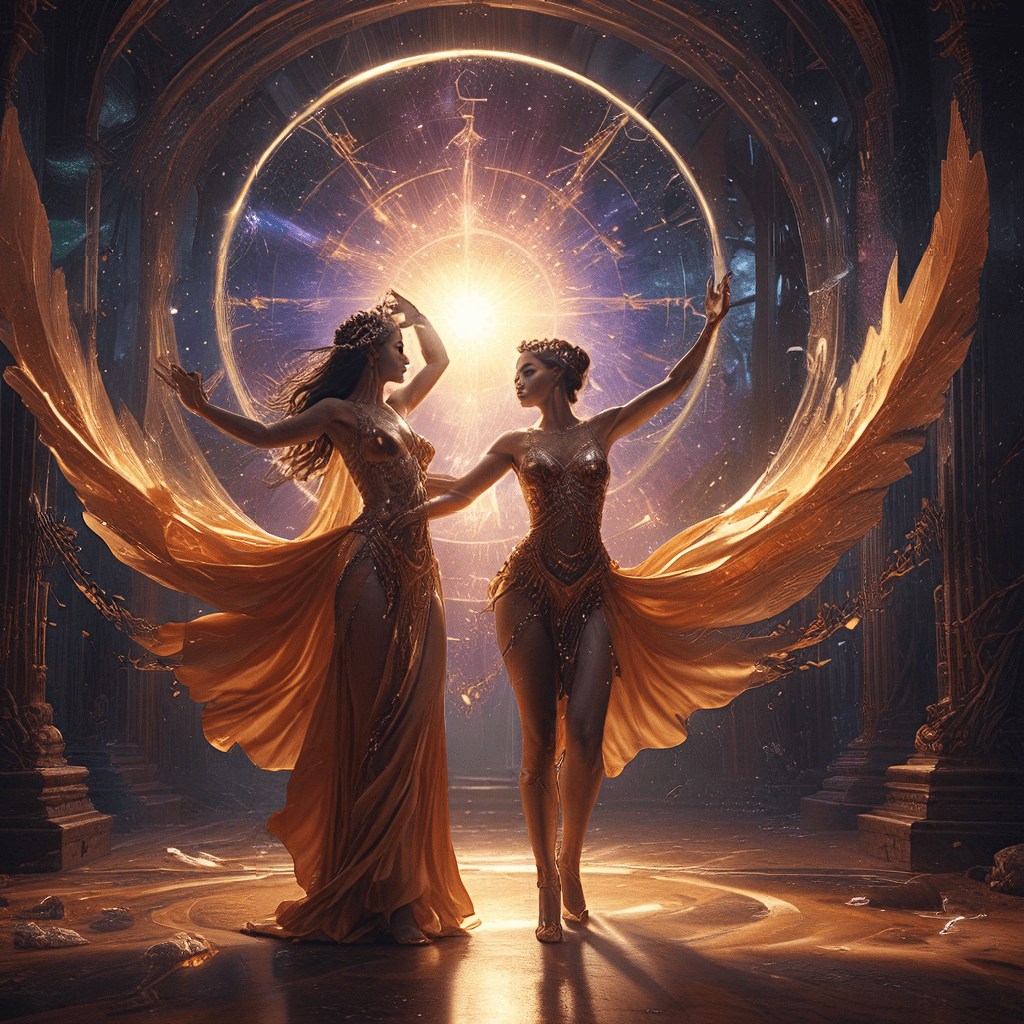1. Introduction: Unveiling the Rhythms of Creation
Imagine the universe as a grand cosmic dance, a symphony of creation and change. This idea, the Cosmic Dance, isn’t just a poetic notion: it’s a fundamental concept rooted in ancient Egyptian mythology. Understanding the rhythms of this dance, the intricate patterns of creation and destruction, gives us a deeper understanding of the universe and our place within it. This article explores the ancient Egyptian perspective on creation, offering a modern interpretation of their ideas and connecting them to contemporary scientific understanding.
2. The Primeval Waters: The Source of All
In ancient Egyptian mythology, the universe emerged from Nun, a vast, primordial ocean. This primordial water, symbolic of pure potentiality, was the source of all existence. To the Egyptians, water represented life, fertility, and the very essence of creation. The concept of Nun can be compared to the idea of the “void” in modern physics, a state of nothingness that holds the potential for all things. This connection between ancient mythology and modern science highlights the enduring power of these ideas to resonate across time.
Think of Nun as a blank canvas, a limitless expanse waiting to be painted with the colors of existence. Just as water gives life to plants and animals, Nun gave birth to the gods and goddesses who, in turn, shaped the universe.
3. The Emergence of Order: The Cosmic Egg
From the swirling chaos of Nun, arose the cosmic egg, a symbol of creation and potentiality. This egg, a powerful image in many cultures, represented the universe in its nascent form, holding within it the promise of all that would be. The cosmic egg can be seen as an analogy for the singularity, the incredibly dense point from where the Big Bang is believed to have originated, marking the birth of our universe.
The breaking of the cosmic egg, the moment of creation, represented the birth of order from chaos, a transformation from nothingness to somethingness. This transition aligns with the modern scientific understanding of the universe expanding from an infinitely small point into the vast cosmos we know today.
4. The Ennead: The Divine Dance of Creation
The Ennead, a council of nine gods and goddesses, played a crucial role in shaping the universe. Each god had a unique role in the creative process, representing different aspects of the universe, from the earth and sky to time and order. Atum, the self-created god, was believed to have emerged from Nun and gave birth to the other members of the Ennead. The Ennead represented the harmony and balance necessary for creation, each god’s actions contributing to the grand cosmic design.
This concept of a divine council reflects the complex interplay of forces and elements that are believed to have shaped the universe. It resonates with the modern understanding of complex processes like star formation and the evolution of galaxies, where intricate interactions between matter and energy create the structures we observe today.
5. The Dance of the Sun God: Ra and the Daily Cycle
Ra, the sun god, was a central figure in Egyptian mythology, symbolizing life, energy, and the cyclical nature of time. His daily journey across the heavens, from sunrise to sunset, was seen as the creation and destruction of life and light. This cyclical nature of Ra’s journey reflected the rhythm of creation and destruction that permeated all aspects of Egyptian cosmology.
Ra’s journey embodies the concept of entropy, the natural tendency for energy to disperse and become less ordered over time. Just as the sun’s light fades at sunset, returning to darkness only to rise again, the universe is in a constant state of change, balancing creation and decay.
6. The Cycle of Creation and Destruction: The Great Cataclysm
While the Ennead brought order to the universe, Egyptian mythology also recognized the cyclical nature of creation and destruction. The concept of the “Great Cataclysm” represented a periodic event where the universe would be destroyed and reborn, reflecting the impermanence of earthly existence. The cyclical nature of the Great Cataclysm was seen as a necessary element of the cosmic balance, allowing for renewal and rebirth.
This idea, while seemingly at odds with modern scientific understanding, can be connected to the concept of “cosmic inflation,” a theory explaining the rapid expansion of the early universe. Could this inflationary period be analogous to the Great Cataclysm, a period of rapid change that ultimately led to the universe we know today? Perhaps the ancients, through their intuitive understanding of the universe, were hinting at the profound cosmic changes that have shaped our existence.



